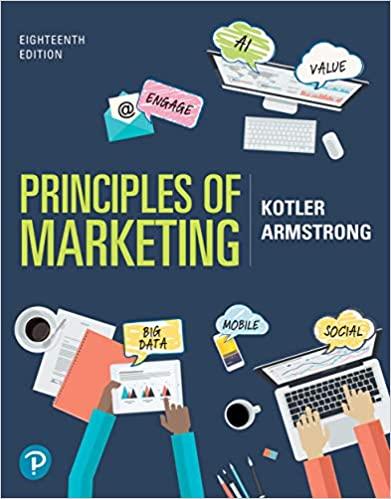Companies and brands have been criticized for aligning with social causes in a self-serving way, exploiting the
Question:
Companies and brands have been criticized for aligning with social causes in a self-serving way, exploiting the social cause for the company’s gain. Did the Stella Artois “Buy a Lady a Drink” campaign exploit the cause—the disproportionate impact of the water shortage on women—to build the Stella Artois brand? Explain.
How did communications integration affect the “Buy a Lady a Drink” campaign’s effectiveness?
In 2017, Stella Artois and National Geographic collaborated on a “Buy a Lady a Drink” campaign by which, for every Limited-Edition chalice sold, Stella Artois helped water.org provide five years of clean water for one person in the developing world, where 665 million people live without access to safe water. Lack of access to water disproportionately affects women and children, who are more likely to collect water instead of doing other things, like working or going to school. National Geographic extended World Water Day (March 22, 2017) to March World Water Month in an effort to increase awareness, communication, and advocacy about global water shortages. To engage consumers, it took over National Geographic’s social channels, posting 30 photos across five National Geographic Instagram channels, placing 10 posts across four National Geographic Facebook channels, and taking over Snapchat on World Water Day. Stella Artois and National Geographic announced a documentary by Crystal Moselle called “Our Dream of Water” that showed how women’s lives were impacted by the global water crisis. The long-form video premiered on the National Geographic channel but then was broken into shorter, mini-documentaries that could be shared on social channels. The campaign extended to digital, broadcast, print, and billboard media. The call to action, “Buy a Lady a Drink,” was integrated across communication touch points. The result: The campaign generated more than 200 million impressions and provided more than half a million people in developing countries access to clean drinking water.
Step by Step Answer:






